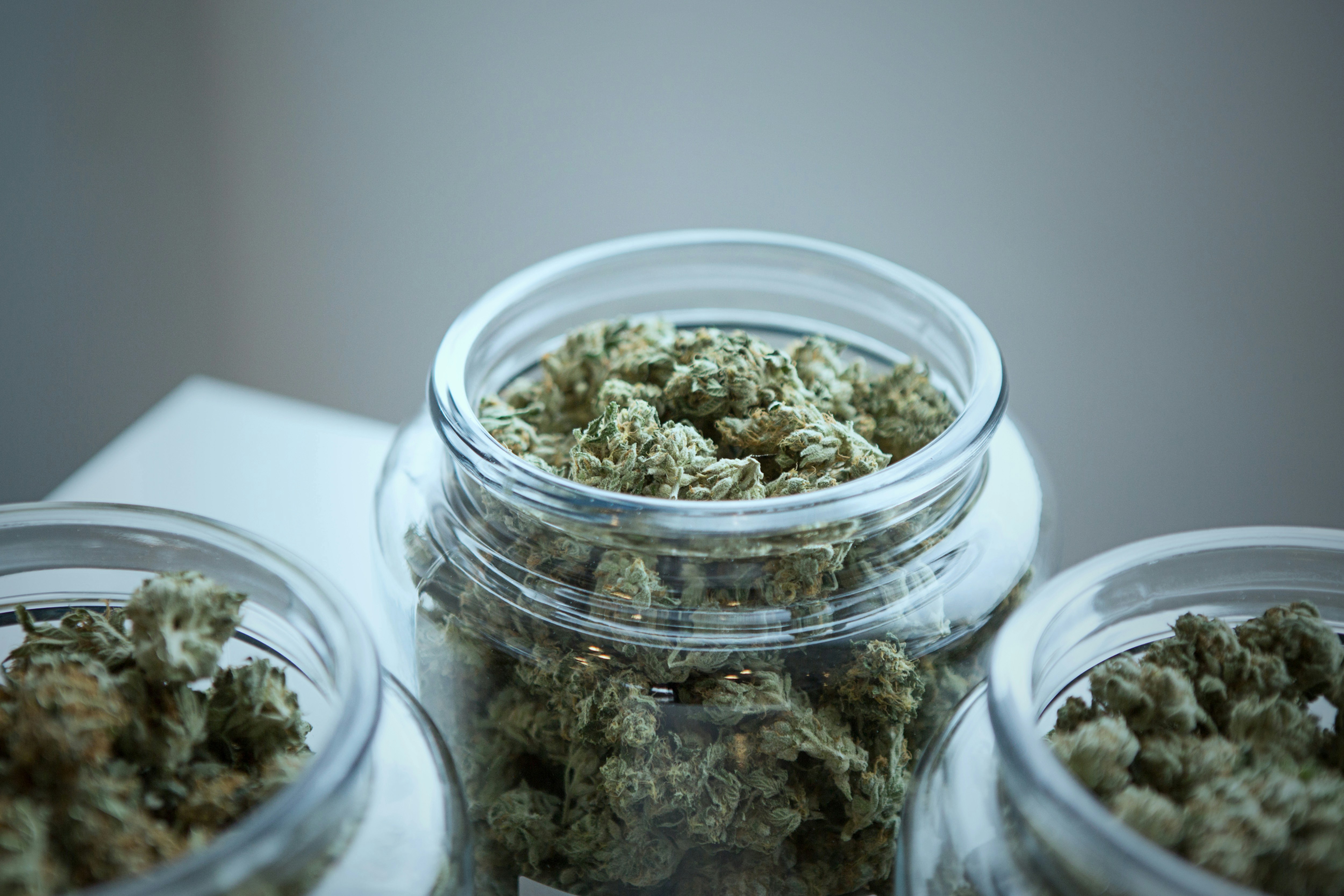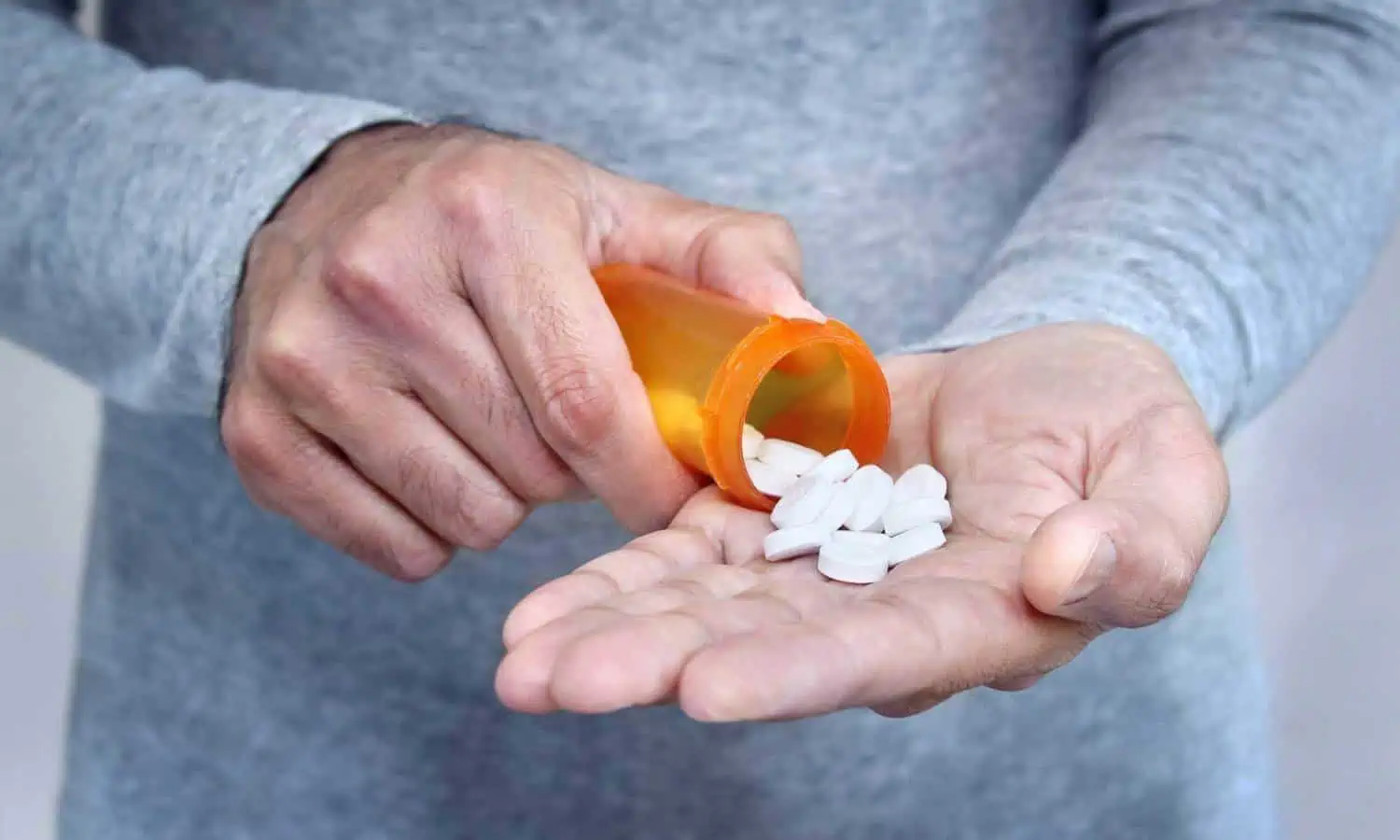You probably have heard the terms “healthy diet,” “healthy eating,” or “well-balanced diet” more times than you can count to promote a wide variety of diets, products, and services. But what does a healthy diet look like? What should you look for in your daily diet, and how much of each food group should you consume?
A healthy diet and meal routine play an important role in your overall health, help your body heal if you have struggled with addiction and undergone treatment, and improve how you feel physically and mentally. The diet that is best for you may vary based on your health and medical conditions, but we’ve gathered some tips to help you start eating healthy in recovery.
Establish a Healthy Routine
Like anything else, having a routine is critical to establish a healthy eating schedule. The best recommendation is to eat three meals and incorporate snacks in between these meals. It is critical to eat every three to four hours to ensure your blood levels remain stable and give your digestive system time to break down each meal or snack.
A good example of a healthy routine may look like: breakfast at 7 am, mid-morning snack at 10 am, lunch at noon, afternoon snack around 3 pm, and dinner at 6 pm.
If you eat inconsistently throughout the day (skipping meals or going a long period of time without food) it can cause highs and lows in your blood sugar level. These fluctuations in sugar can influence your mood. For example, being “hangry” (hungry and angry) results from low blood sugar. Low blood sugar can also cause fatigue, brain fog, lack of motivation, headaches, or shakiness.
For those in recovery or those who have struggled with eating disorders, establishing a routine may seem overwhelming. But you can find success by creating a game plan for each day.
Plan Ahead and Make a Grocery List
Aside from having a smoother grocery shopping trip, Harvard Health finds that creating a plan can help you if you are trying to lose weight. It’s easier to eat healthier when you have planned out all the ingredients and supplies you need.
Create a list of four to five dinners you will be preparing for the week, two to three options to bring with you for lunch or to make at home, and two to three breakfast options. You can pick the day you want to have these options or determine the day of or the night prior.
Don’t be afraid to have a little fun when picking your meals. One fun strategy is to come up with themes for your meal plan (i.e. Salmon Sunday, Meatless Monday, Taco Tuesday, Wicked Simple Wednesday Meals, etc.)
Here are some additional tips to ensure you are planning out your meal effectively:
- Keep a list of meals you enjoy for breakfast, lunch, and dinner on your refrigerator or in your cellphone. Each week pick a few off the list to prepare.
- Create a grocery list and get all the ingredients you need to prepare these meals. Having a list will prevent you from buying unnecessary items.
- Include a variety of meals in your meal plan so you do not get tired of eating the same things. A fun thing to try is trying out a new recipe each week.
Foods You Should Avoid
When you make your list for the week, you should try to limit or avoid certain categories of food. For example, processed foods are high in additives, preservatives, sodium, added sugar, and often fat. This makes it harder for your body to digest them, leaving you feeling more tired and nutrient deficient. A good tip is to look for products that contain less than five ingredients you can pronounce on the label.
Some examples of processed foods include breakfast cereals, bread, savory snacks, biscuits, etc.
Additionally, many processed foods are high in sugars or contain artificial sweeteners like aspartame if they are sugar-free. It is important to avoid sugary food and artificial sweeteners as much as you can, and instead, gravitate towards natural sugars, which you can find in fruit.
Foods You Should Incorporate
It is important to incorporate more whole foods into your diet. Whole foods include fruits, vegetables, whole grains, and lean protein.
It’s recommended that everyone have 5 servings of fruit and vegetables (or more) every day. To maximize your nutrients, be sure to eat vegetables and fruits with a variety of colors. Different colored foods generally help the body in a specific way. For example, eating reds like a tomato or red bell peppers are good for the heart. Whereas, greens like cucumber and broccoli serve as great detoxifiers.
Regardless of the fruits and vegetables you choose, they will supply you with ample phytonutrients and antioxidants. This will help nourish your body, enable recovery, and fight off free radicals which boost your overall health.
Aside from fruits and vegetables, it is important we eat whole grains for their phytonutrients, high level of dietary fiber and protein to maintain our energy, and release serotonin. Whole grain oatmeal, black rice, barley, and quinoa are all great examples of whole grains you can include as a side with your meals.
Finally, when looking at our protein intake, there are a variety of ways to get protein. Some may go completely plant-based and get their protein from spinach, chickpeas, beans, and other plants. But others may gravitate towards fish or chicken. What is important to remember is that your protein sources should be leaner choices. While you may enjoy a steak or other red meats, you should limit red meat intake as it is tied to cardiovascular issues, weight gain, and even cancers. There is even some evidence to support opting-out of red meat entirely.
Drink More Water and Less of the Sugary Stuff
Drinking water is very important in regulating one’s energy level, as dehydration can often lead to one feeling tired. In general, it is recommended that you drink eight 8 oz glasses of water a day, but your water needs may be higher or lower based on health conditions. Overall, just try to stay hydrated and drink water throughout the day to help detoxify your body.
By contrast, you should limit your caffeine intake and try to curb drinking sugary beverages like soda, sports drinks, and store-bought juices. A good way to ensure your drink is not draining your energy is by checking the grams of sugar on the back.
Perhaps you will miss the taste of that sugary lemon-lime soda or your favorite sports drink. No problem, we recommend infused waters as a better substitute. By mixing in fruits or even mint and basil, you can help cleanse your body and stay hydrated. Different infused waters will help you stay hydrated while also adding the benefit of flavor and extra digestive help and immune defense.
Remember Your Diet is a Process
You might not have the perfect cooking skills and please do not shy from having a sweet cheat treat now and then. But remember that your diet like your recovery is a process. By sticking to these rules, adjusting based on your dietary needs, and overall trying your best to optimize your health, your overall health can improve, and your body can recover.
If you or a loved one is struggling with addiction, Mountainside can help.
Click here or call (888) 833-4676 to speak with one of our addiction treatment experts.

 By
By 







